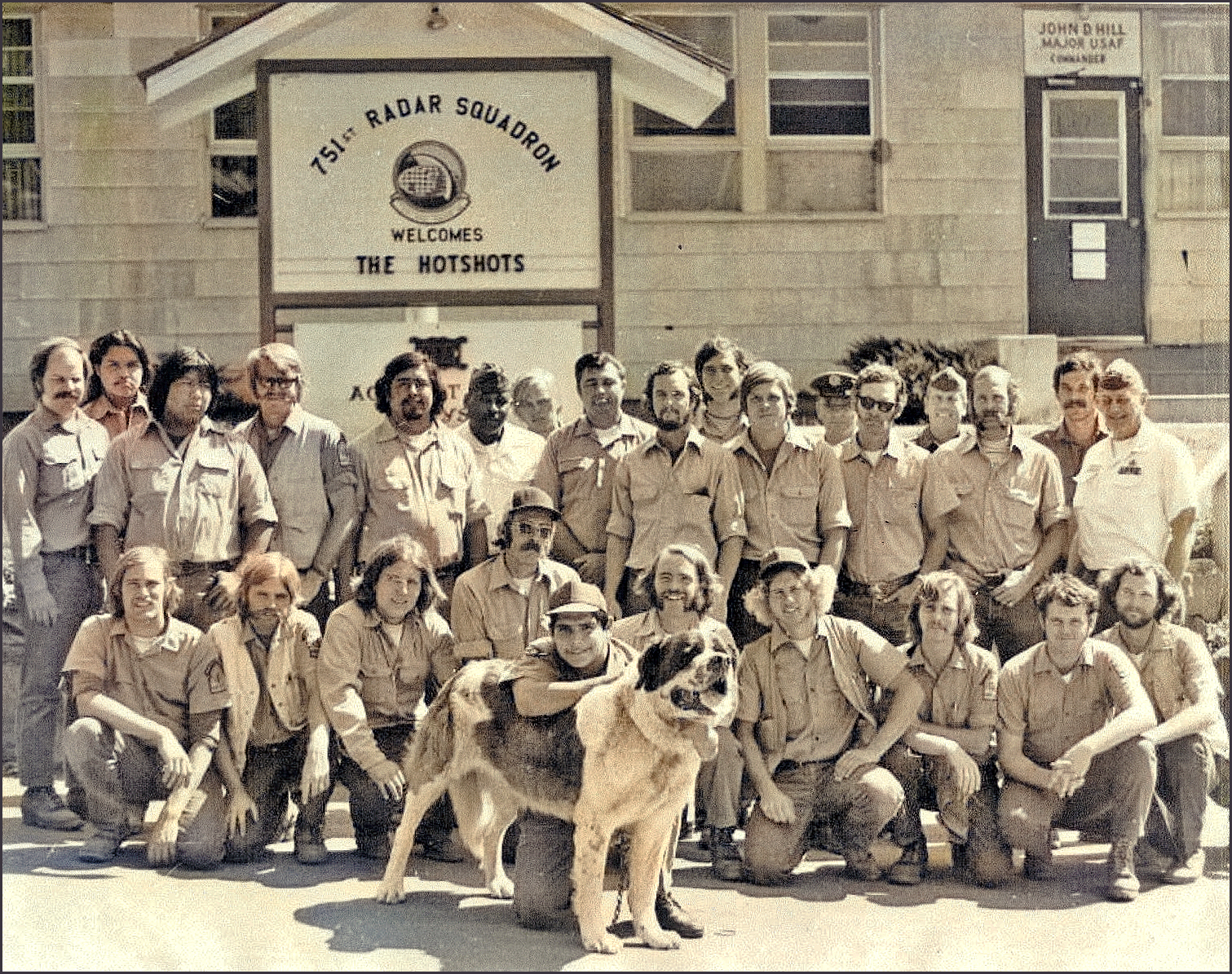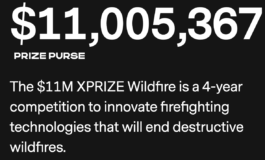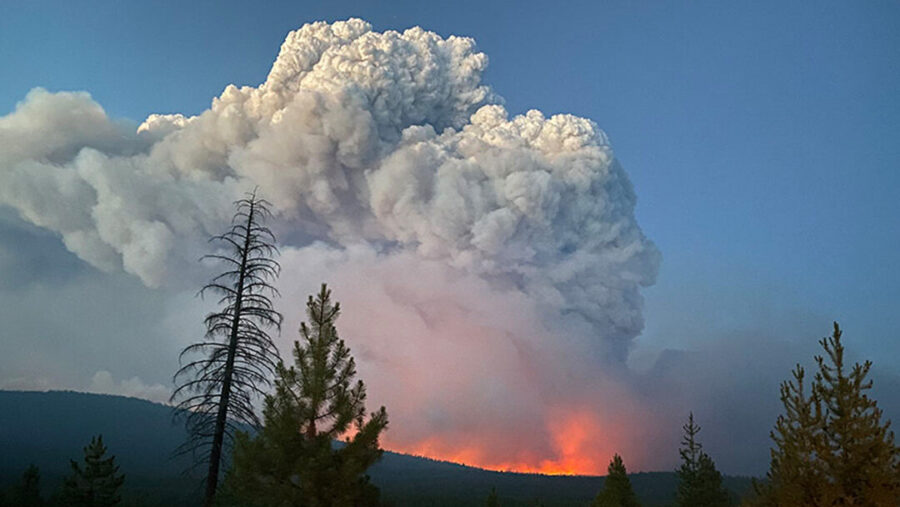Opening arguments were heard yesterday in a lawsuit against PacifiCorp claiming that its negligence started several devastating 2020 wildfires that burned across western Oregon. KEZI-TV reported that the class action suit was filed in September 2020, not long after the fire’s containment, by Linn County residents who lost their homes in the Beachie Creek Fire. The suit grew to include plaintiffs from other Oregon wildfires.
The complaint alleges that Pacific Power and its parent company, PacifiCorp, did not deactivate certain powerlines during the heavy winds in the late summer of 2020. When those east winds brought down trees, they connected with live powerlines, igniting fires that destroyed hundreds of structures and killed several people.
“PacifiCorp chose not to protect Oregonians — it did not live up to its obligation, it didn’t take any action to prevent fires, and now, in this case, PacifiCorp should bear the consequences,” said Nicholas Rosinia, attorney for the plaintiffs. KOBI5 News reported that Pacific Power attorneys countered that a decision to de-energize powerlines is complex and can’t be based on fire risk alone. “The possibility of an ignition must be weighed against the dangers of de-energization when whole cities and towns can be blanketed in darkness just when they need power the most,” said Doug Dixon, an attorney for the defendants.
The attorneys acknowledged that both Portland General Electric and Consumers Power, Inc. decided to turn off power in parts of their service areas around the Labor Day storms.
The Beachie Creek Fire was reported August 16, 2020 in the Opal Creek Wilderness about six miles northwest of Detroit Lake in Oregon, some 38 miles east of Salem. According to records in the daily national Incident Management Situation Report and GIS data, the fire was:
-
-
- 10 acres August 26, 10 days after it was reported
- 23 acres August 31, 15 days after it was reported
- 150 acres September 3, 18 days after it was reported
- 469 acres September 7, 22 days after it was reported; (before the winds began that night).
-
Plaintiffs are asking for more than $1.6 billion in damages, according to court documents. The trial is scheduled to last until at least mid-June.

The Oregonian reported that the Labor Day fires burned more than 1.2 million acres in Oregon, destroyed upwards of 5,000 homes and structures, and claimed nine lives. PacifiCorp is the primary defendant in litigation from the fires; the Portland-based utility, Oregon’s second largest, did not shut down power to any of its 600,000 customers during the windstorm. Its lines have been implicated in six separate fires, one of which started in its California service territory and burned across the state line into Oregon.
Jurors will determine PacifiCorp’s responsibility, if any, in four of those fires: the Santiam Canyon fires east of Salem, the Echo Mountain Complex near Lincoln City, the South Obenchain Fire near Eagle Point, and the Two Four Two Fire near the southwest Oregon town of Chiloquin. This is a historic trial and will likely reshape the way Pacific Northwest electric utilities respond to increasing wildfire risks influenced by climate change, persistent drought conditions, and increasing numbers of acres burned each year.
In November 2022, PacifiCorp settled another case out of court with two families who sued over the Archie Creek Fire, which burned more than 130,000 acres in Douglas County in 2020.





